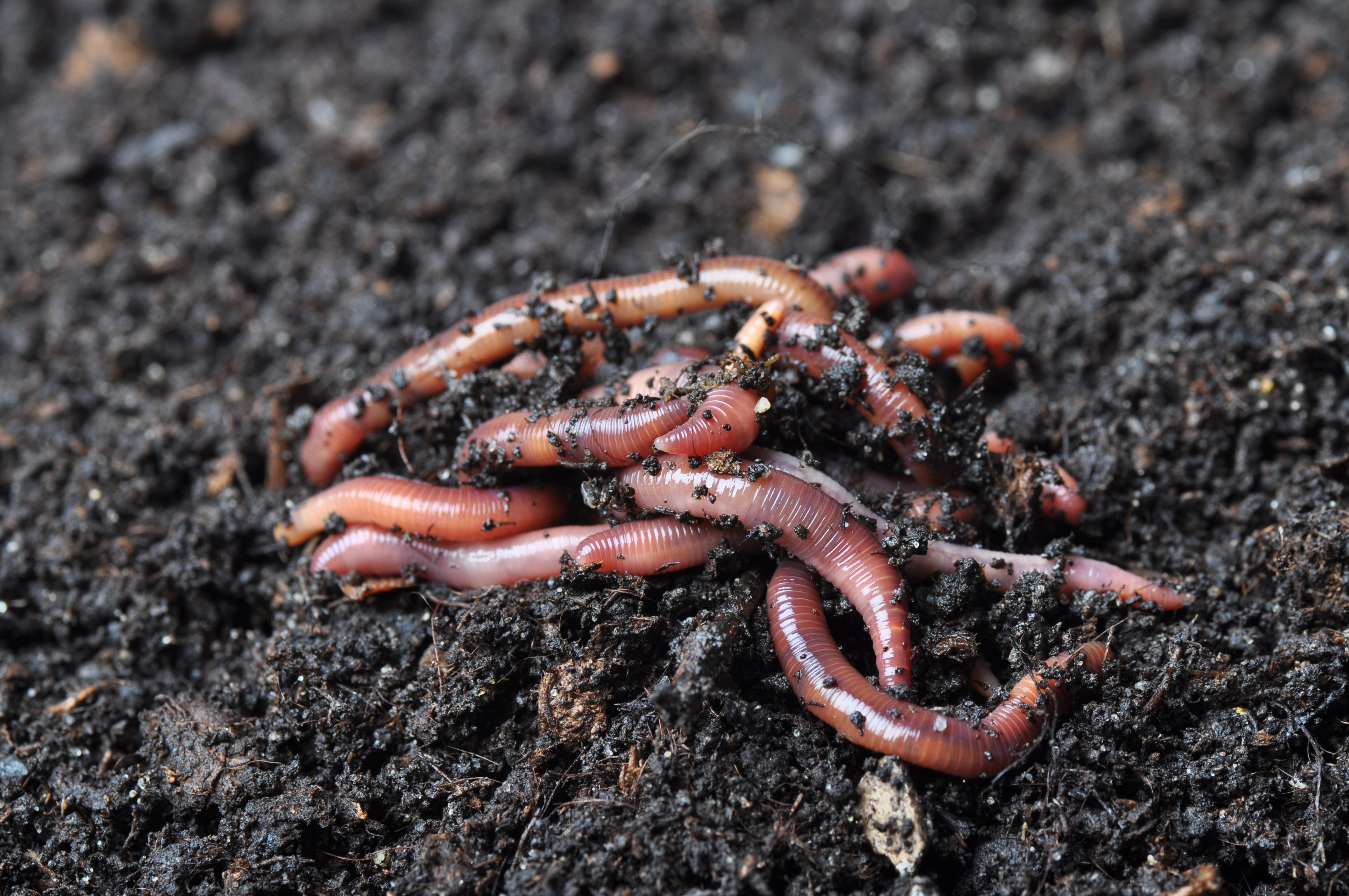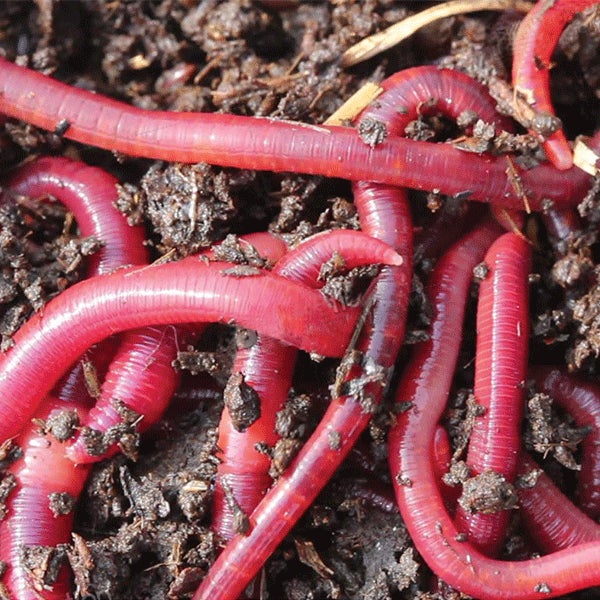Live red wigglers: Best options for your composting needs
The Ultimate Guide to Red Wigglers for Healthy And Balanced Dirt
The duty of red wigglers, clinically known as Eisenia fetida, in soil health is a topic of boosting rate of interest among sustainable horticulture enthusiasts and farming professionals alike. These organisms not only recycle organic waste but likewise boost dirt fertility via their nutrient-rich castings.
What Are Red Wigglers?
Red wigglers, medically called Eisenia fetida, play a crucial role in composting and dirt health. These earthworms are specifically fit for vermicomposting, a process that utilizes their all-natural actions to break down natural matter effectively. Unlike various other earthworm types, red wigglers prosper in abundant organic settings, making them suitable for compost bins and worm farms.
Measuring concerning 3 to 4 inches in length, red wigglers possess an unique reddish-brown pigmentation and a fractional body that helps in their wheelchair through rotting materials. They are detritivores, indicating they feed upon rotting organic substances, including kitchen area scraps, plant particles, and paper products. red worms. Via their intake of these products, they aid damage down intricate compounds, transforming them into nutrient-rich castings that improve dirt high quality
Red wigglers are likewise respected breeders, efficient in duplicating rapidly under ideal conditions. Their adaptability to different environments enables them to flourish in a variety of composting systems. By recognizing the biology and eco-friendly relevance of red wigglers, garden enthusiasts and farmers can harness their abilities to improve dirt health and wellness and advertise sustainable techniques in agriculture.

Advantages of Red Wigglers
The various advantages of integrating red wigglers into composting methods dramatically boost soil health and fertility. These earthworms, scientifically recognized as Eisenia fetida, stand out at breaking down natural issue, transforming kitchen area scraps and yard waste into nutrient-rich vermicompost. This procedure not only increases decay however also enhances the soil with vital nutrients such as nitrogen, phosphorus, and potassium.
Furthermore, red wigglers enhance dirt framework by creating aggregates that assist in oygenation and water retention. Their burrowing tasks advertise a well-aerated environment, enabling roots to access oxygen much more effectively. This enhanced oygenation likewise promotes useful microbial task, which is essential for vitamins and mineral cycling and general soil vigor.
In addition to boosting dirt make-up and framework, red wigglers add to pest management. Their presence in the soil helps reduce damaging nematodes and other pests, reducing the demand for chemical treatments. The application of vermicompost leads to boosted plant strength against diseases, advertising much healthier growth.
Setting Up a Worm Bin
Establishing up a worm bin can be a fulfilling undertaking for those seeking to enhance their composting efforts. The very first action is picking a proper container, ideally made of plastic or timber, with a capability of a minimum of 10 gallons to suit the worms and their food. Guarantee the container has appropriate air flow-- pierce little holes in the cover and sides to promote airflow while protecting against excess moisture buildup.

Introduce the red wigglers right into the bin, enabling them to acclimate to their brand-new setting. Ideally, start with a populace of regarding one extra pound of worms per square foot of surface. Finally, position the worm bin in a place that maintains a steady temperature level, ideally between 55 ° F and 77 ° F. With these foundational actions, your worm bin will prepare to prosper in the quest of healthy and balanced soil.
(red worms for composting)
Feeding Your Red Wigglers
When it involves nurturing red wigglers, recognizing their nutritional requirements is important for maintaining a healthy worm bin. These worms thrive on a varied diet plan, mostly composed of natural matter. Ideal food sources include fruit and veggie scraps, coffee grounds, smashed eggshells, and shredded paper or cardboard. However, it is critical to stay clear of feeding them citrus fruits, onions, and garlic, as these can be harmful to their wellness.
Section control is vital; overfeeding can cause odor problems and draw in insects. A good guideline is to supply food that is about equivalent to the weight of the worms in the bin each week. Display the usage rate and change feeding amounts accordingly.
To advertise a balanced diet regimen, purpose to give a mix of nitrogen-rich greens, such as veggie peels, and carbon-rich browns, such as dried out leaves or cardboard. Additionally, maintaining correct dampness degrees is essential-- food scraps need to perspire but not soaked - red worms. By carefully handling their diet regimen and environment, you will ensure that your red wigglers continue to be healthy and productive, adding effectively to the composting process
Using Worm Castings in Dirt
Incorporating worm spreadings right into dirt can substantially boost its health and fertility. Worm castings, also called vermicompost, are an abundant source of nutrients, including nitrogen, phosphorus, and potassium, crucial for plant development. When contributed to soil, these castings boost its structure by enhancing aeration and improving description dampness retention, which is especially useful in deserts.
Moreover, worm spreadings introduce beneficial bacteria that promote a healthy and balanced soil ecosystem (red worms). These microbes aid in breaking down raw material, making nutrients a lot more readily offered to plants. The visibility of these microbes also assists subdue soil-borne conditions, minimizing the demand for chemical plant foods and pesticides
To use worm spreadings properly, blend them into the leading couple of inches of dirt before planting or use them as a top clothing around established plants. An advised application rate has to do with 10-20% spreadings combined with soil to enhance nutrition availability without frustrating the plants.
Conclusion
In verdict, red wigglers, or Eisenia fetida, play a pivotal function in improving dirt health and wellness with their vermicomposting tasks. By converting natural waste into nutrient-rich castings, these worms enhance soil framework, aeration, and moisture retention. Efficient monitoring of their environment and dietary requirements optimizes their advantages in gardening techniques. Ultimately, the integration of red wigglers into dirt monitoring strategies advertises lasting farming by reducing reliance on chemical plant foods and fostering beneficial microbial task.